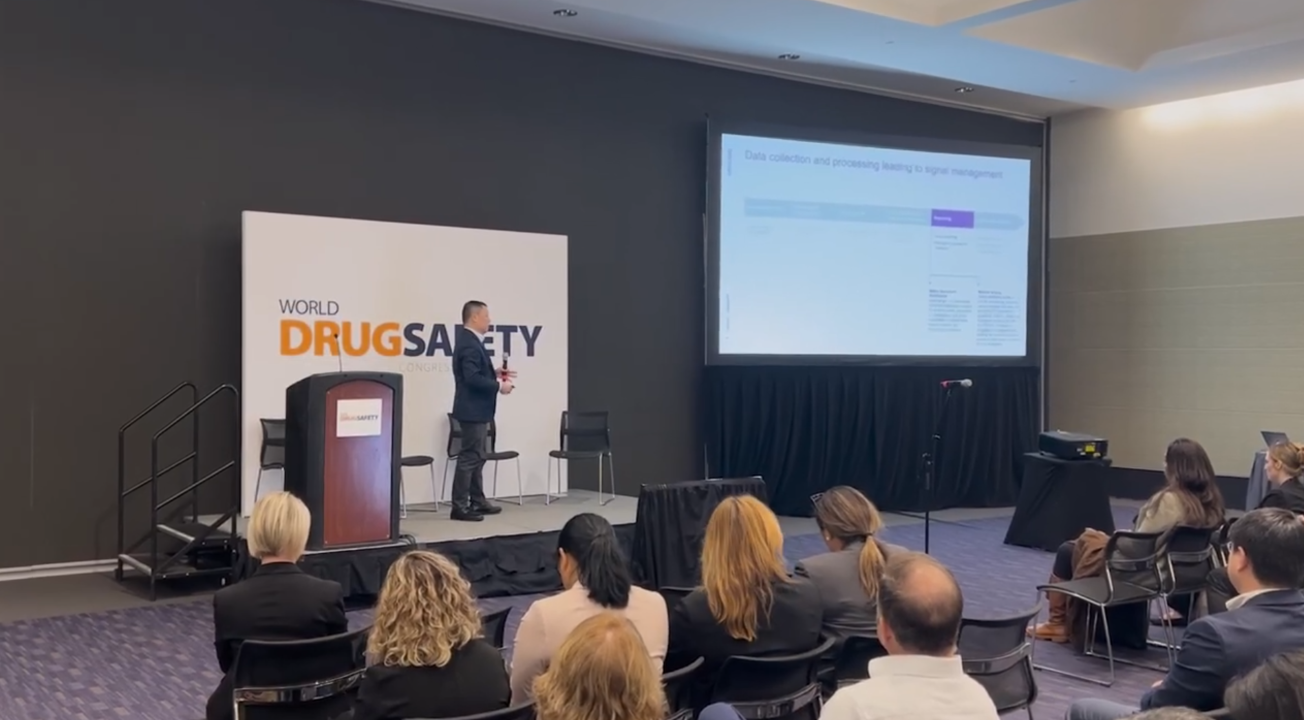Is NICE’s disease severity classification at risk?

Authors: Chris Poole and Ken O’Day


Our study focused on NICE’s decision to replace their end-of-life (EoL) criterion with tiered disease severity criteria based on QALY shortfall, raising questions as to the underpinning scientific basis and empirical assumptions. Citing societal preference originally, between 2009 and February 2022, NICE had effectively prioritized NHS funding for treatments for patients with short life expectancy. Given longstanding credible concerns over the EoL assumptions plus a clear bias in reimbursement favouring older adults at the expense of other age groups NICE replaced EoL with disease severity-based decision modifiers allowing for either a x1.2 or x1.7 multiplier of the standard willingness-to-pay (WTP) threshold based on either high or very high QALY shortfall among patients receiving standard of care.
Intrigued by NICE’s recommendation to elevate WTP without considering parameter uncertainty in the calculation of QALY shortfall, we decided to explore a probabilistic approach to disease severity classification.
This research highlights the very limited reporting of uncertainty measures around average incremental cost-effectiveness ratios (ICERs), which in turn limits understanding of the likelihood of disease severity classification. The current arbitrary QALY shortfall thresholds are also likely to deny certain patient groups access to healthcare interventions confounding society’s assumed preference for proportionally increasing WTP with burden of illness.
Given the frequent use of U.K.-driven international reference pricing, understanding QALY weighting at an early stage of pipeline development can help health technology companies design commercial strategies that optimize future potential revenue. By using a probabilistic rather than deterministic methodology, the likelihood of increased WTP for high burden diseases can be gauged.
To delve deeper into the methodology and key takeaways of this research, download the poster below.

Authors:


Chris Poole Ken O’Day
Director, Scientific Senior Director, Scientific




